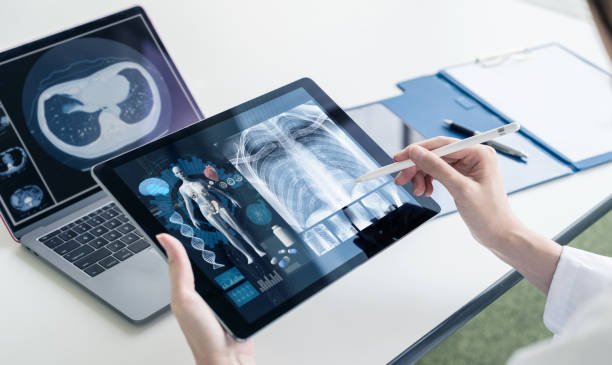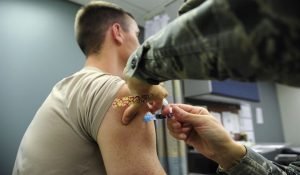The medical specialty of radiology uses imaging technology to identify and treat diseases. It began with radiography but now includes all imaging modalities, including non-electromagnetic radiations like ultrasonography, magnetic resonance, computed tomography (CT), fluoroscopy, and nuclear medicine. Interventional radiology is performing minimally invasive medical treatments under the supervision of radio technologies. Diagnostic imaging advances have considerably increased the ability to diagnose and treat disease. The doctor must know their benefits and drawbacks to determine which of the modern imaging techniques is the best choice in a given case.
Pros of Radiology
1. It may eliminate the need for exploratory surgery. Radiology aids treatment of the majority of ailments and diagnosing the patient during the early stages of severe disease by giving a very fine-grained representation of the body’s inside.
2. It is used to determine when a patient requires surgery. Radiography analyzes the human body’s inner workings with intent, therefore discovering any abnormalities, and the patients get early diagnoses and surgery to retrieve normal functioning of the body.
3. Saves on time and quick recovery period. Unlike open surgery, interventional radiology comprises both diagnostic and therapy procedures, as well as less risk and a shorter recovery and hospitalization period for the patient.
Radiology is easily accessible to patients and inexpensive, making it an efficient method of diagnosing and treating diseases.
4. Visually aids in the treatment of ailments such as cerebral and cardiac infarctions. Scanners are used for diagnosis and to monitor the health of interior organs.
5. Breast cancer screening. Breast cancer can be treated, and other dangerous conditions because it creates three-dimensional photographs of soft tissues like muscles and organs and detects abnormalities in the early stages. This lowers the deaths caused by breast cancer.
6. Treatment for illnesses like heart disease and stroke is aided visually by this technique. This is possible because radiography provides fine details of the body tissues.
7. Since photographs are in digital format, achieving the proper diagnoses and treatment is simple. Using radiography allows the medical professional to offer the correct diagnoses and treatment to patients because the visuals are in digital format.
8. It improves cancer detection and effectively treats cancer and other disorders (known as “radiation oncology” or “radiation therapy”). Low radiation dosage is used during screening therefore reducing risk of developing radiation related disorders.
Cons of Radiology
1. Only a few tissue densities are covered in this essential anatomic information. Information that a radiologist receives is limited due to limited spatial radiation rendering it less effective.
2. Greater sensitivity to dispersed radiation. Radiography increases an individual’s sensitivity to scattered radiation due to exposure to higher beams of radiation. There are higher risks of developing cancer in the future for individuals who undergo radiology.
3. Unfamiliarity with radiologists and radiographers. Patients may not fully express themselves to a radiographer because they are unfamiliar with them.
4. Poorer spatial radiation. Compared to other X-ray forms, radiology may seem less effective because of poorer spatial radiation.
5. High level of experience is required. Interpretation of radiography results demands superior skills.



